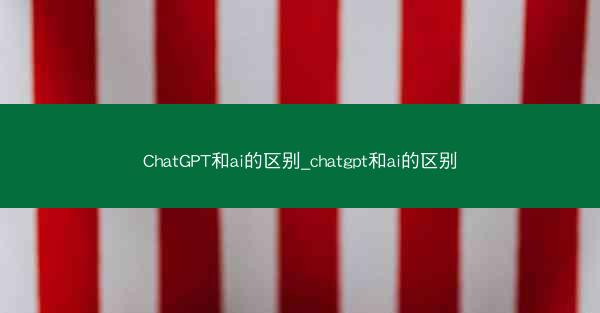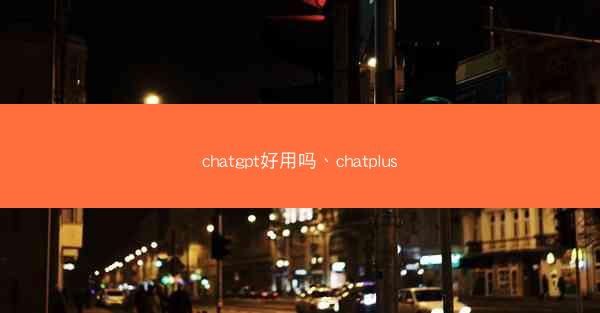
Introduction to ChatGPT Translation
ChatGPT, an advanced language model developed by OpenAI, has been making waves in the tech world with its impressive translation capabilities. As a large language model, ChatGPT has the ability to understand and generate human-like text in multiple languages. This has led to a growing interest in its translation capabilities, especially among those who need to communicate across different languages. But is ChatGPT's translation reliable? Let's delve into the details.
Understanding the Technology
ChatGPT's translation prowess is rooted in its deep learning algorithms. These algorithms have been trained on vast amounts of multilingual text data, allowing the model to learn the nuances of different languages. The model's ability to understand context and generate coherent translations is what sets it apart from traditional machine translation systems. However, it's important to note that while ChatGPT is a powerful tool, it is not infallible.
Accuracy and Reliability
When it comes to accuracy, ChatGPT's translations are generally reliable. The model has been fine-tuned to minimize errors and produce translations that are as close to human-like as possible. However, there are still instances where the translations may not be perfect. This is due to the complexity of human language, which often involves cultural nuances, idioms, and context-specific information that can be challenging for a machine to interpret.
Limitations of ChatGPT
Despite its strengths, ChatGPT has certain limitations that can affect its translation accuracy. For instance, the model may struggle with domain-specific terminology or technical jargon. Additionally, it may not always capture the emotional tone or connotations of a sentence, leading to a translation that lacks the intended nuance. It's also worth noting that the quality of the translation can vary depending on the input text and the complexity of the language pair.
Comparing with Other Translation Tools
When comparing ChatGPT's translation capabilities with other tools, it's clear that the model holds its own. While there are other translation services available, such as Google Translate and Microsoft Translator, ChatGPT offers a more refined and human-like translation experience. However, it's important to remember that no single translation tool is perfect, and the choice of tool often depends on the specific use case and the desired level of accuracy.
Practical Applications
ChatGPT's translation capabilities have a wide range of practical applications. From helping businesses communicate with international clients to enabling individuals to access information in a foreign language, the potential benefits are significant. However, it's crucial to approach the use of ChatGPT's translations with a critical eye, especially when dealing with sensitive or critical information.
Conclusion
In conclusion, ChatGPT's translation capabilities are generally reliable and offer a more refined translation experience compared to traditional machine translation systems. While the model is not without its limitations, it remains a valuable tool for those in need of accurate and coherent translations. As the technology continues to evolve, we can expect even greater improvements in the quality and accuracy of ChatGPT's translations.













 chatgpt和ai是什么关系-theta和lpt
chatgpt和ai是什么关系-theta和lpt chatgpt和ai是什么关系—iat和iloc
chatgpt和ai是什么关系—iat和iloc chatgpt和ai是什么关系—chat with 和chat to 区别
chatgpt和ai是什么关系—chat with 和chat to 区别 chatgpt和ai是什么关系_theta和lpt
chatgpt和ai是什么关系_theta和lpt chatgpt和ai是什么关系_it和ai有什么区别
chatgpt和ai是什么关系_it和ai有什么区别 chatgpt和ai是什么关系;it和ai有什么区别
chatgpt和ai是什么关系;it和ai有什么区别 chatgpt和ai是什么关系;chat和communicate
chatgpt和ai是什么关系;chat和communicate chatgpt和ai是什么关系;chat with 和chat to 区别
chatgpt和ai是什么关系;chat with 和chat to 区别 chatgpt和ai是什么关系、it和ai有什么区别
chatgpt和ai是什么关系、it和ai有什么区别 chatgpt和ai是什么关系(it和ai有什么区别)
chatgpt和ai是什么关系(it和ai有什么区别)